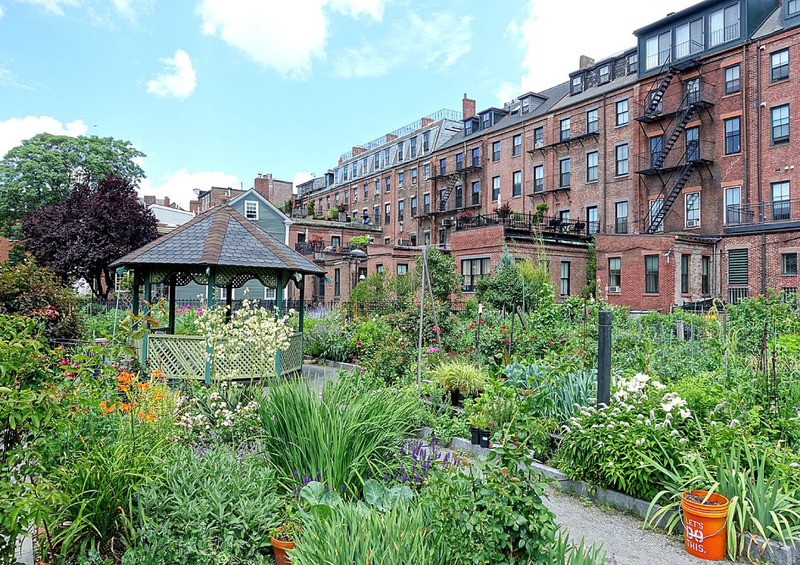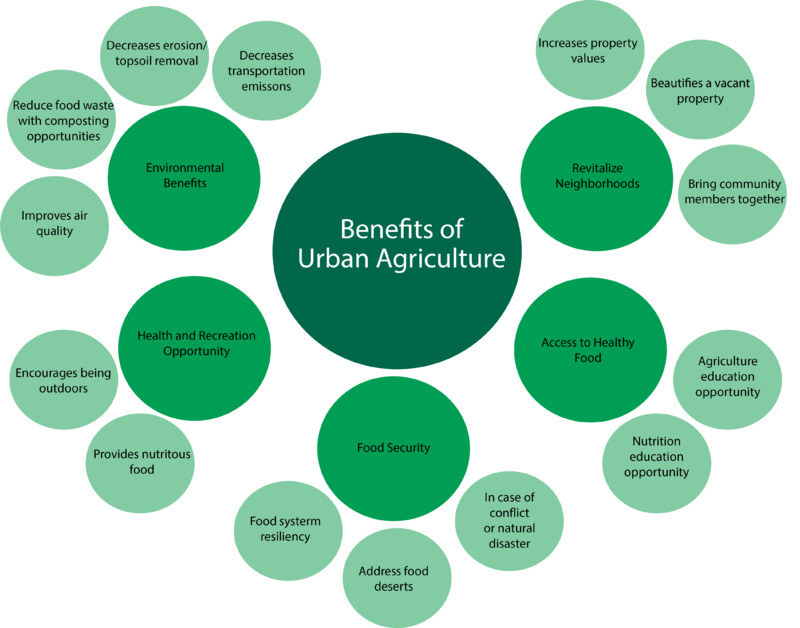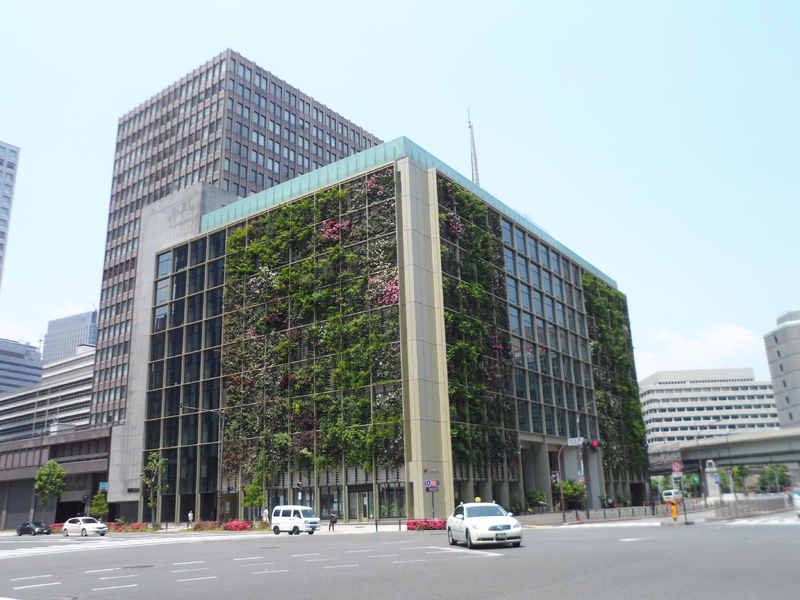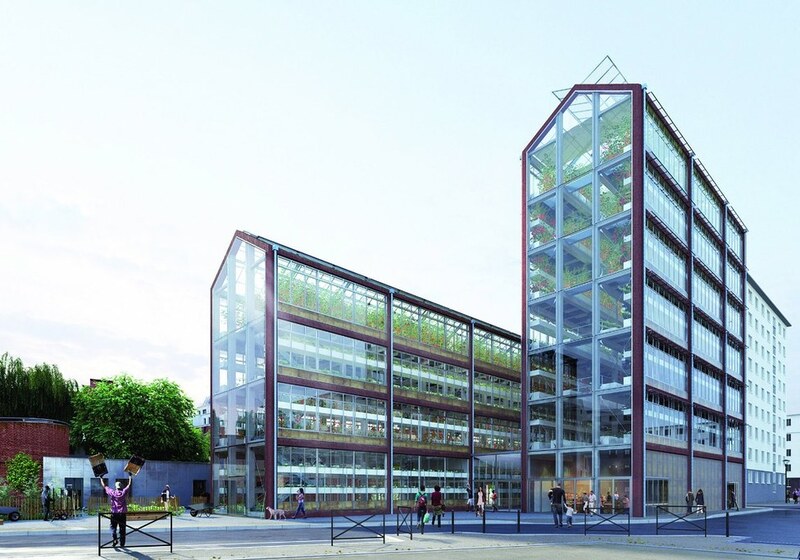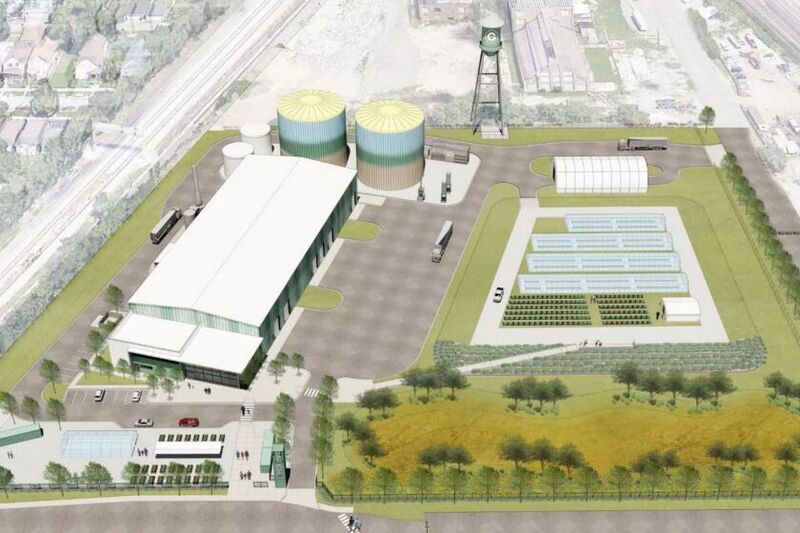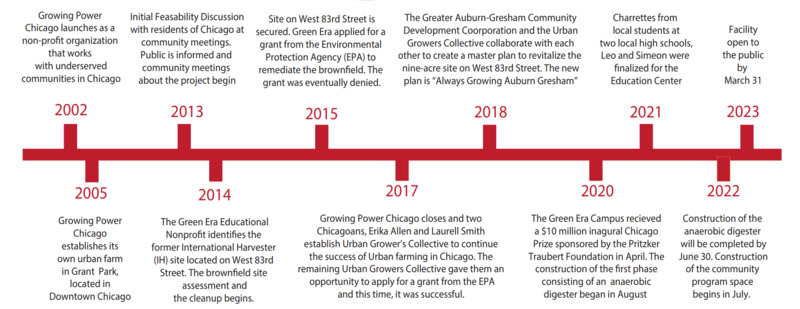Smart City Option: Urban Agriculture
Defining Brownfield
- Brownfields are previously developed sites with hazardous contaminants in the soil.
- Common examples would be post-industrial sites, abandoned gas stations, and abandoned laundry facilities.
- Brownfields are areas of disinvestments and economic decline because they serve no purpose to the community.
- These areas often threaten public health, signal neglect, and make refinancing difficult.
- However, brownfields are also often centrally located near city centers or along transit routes. This means that if adequately redeveloped, it can be a cathartic reinvestment in the community and the nearby neighborhoods.
Defining Urban Agriculture
- Urban agriculture is considered any agricultural practice done in cities. They can be large, small, private, or public. Most common examples are recreational uses such as personal backyard, community, or rooftop gardens.
- Larger spaces can be used for commercial use where revenue is generated from crops.
- These uses display public interest in locally grown food.
- They help improve the environment, provide healthy food choices, support economic development, and help engage and join the community together.
- It is important to keep in mind existing community needs, local resources, and local policies and legislation before implementing urban agriculture.
Fremont Community Garden
- Established in the mid-1960s in Sacramento, California, formally known as the Ron Mandella Community Garden. It was designated for a housing development in 1978 but remained undeveloped.
- In 2001, the Capital Area Development Authority (CADA) attempted to build a residential development on the land, and the community fought back.
- In 2002, CADA, the City of Sacramento, and the State Department of General Services agreed to keep the plot as a community garden.
- However, they also discovered the soil was contaminated. After removing 1,700 cubic yards of contaminated soil and replacing it, it was deemed safe for gardening.
- The community garden, standing strong to this day, collects rainwater and reuses it for irrigation, has 50 garden plots, four of which are ADA accessible, along with ADA compliant walkways.
- Eventually, CADA transferred ownership of the property over to the City of Sacramento, where it became part of the city's Community Garden Program.
- Example of Community Involvement & ADA accessibility.
Pasona Urban Farm
- Designed by New York firm Kono Designs, a nine-story office building in Tokyo, Japan, combines urban farming and office space.
- Was a refurbishing of a 50-year-old building into an office, auditorium, cafeteria, rooftop garden, and urban farming facilities. A total of 19,974 square meters of space and 3,995 square meters are dedicated to agriculture with over 200 species of plants. All food I harvested, prepared, and served on-site.
- The building has a double green façade with flowers on the façade and orange trees on small balconies.
- Inside, suspended tomato vines separate conference tables, lemon and passion fruit trees used as partitions, with salad leaves and bean sprout grown behind benches and in table centerpieces.
- Example of mixed uses alongside agriculture.
La Cité Maraîchère
- La Cité Maraîchère, or translated to "the market garden city," is a municipal facility for urban agriculture and sustainable food in the suburbs of Romainville, France.
- Built by a French architecture firm Ilimelgo, it is a 1,000 square meter greenhouse that maximizes sunlight and natural ventilation to create a "controlled" bio-climatic environment along with vertical farming.
- This greenhouse stands as the city's dedication to sustainability, education, and local economic participation.
- The ground floor is an education space and shop, and the upper floors house the farming containers with an irrigation system of collected rainwater and modular growing beds.
- Example of self contained growing beds. This vertical farm is success story for urban agriculture as a municipal facility.
Green Era Energy and Urban Farming Campus
This project in Chicago is another example of urban agriculture on a former brownfield. The project had funding from the Environmental Protection Agency, Bears Care, Citigroup, Chicago Community Trust, Pritzker-Traubert Foundation, and the City of Chicago.

